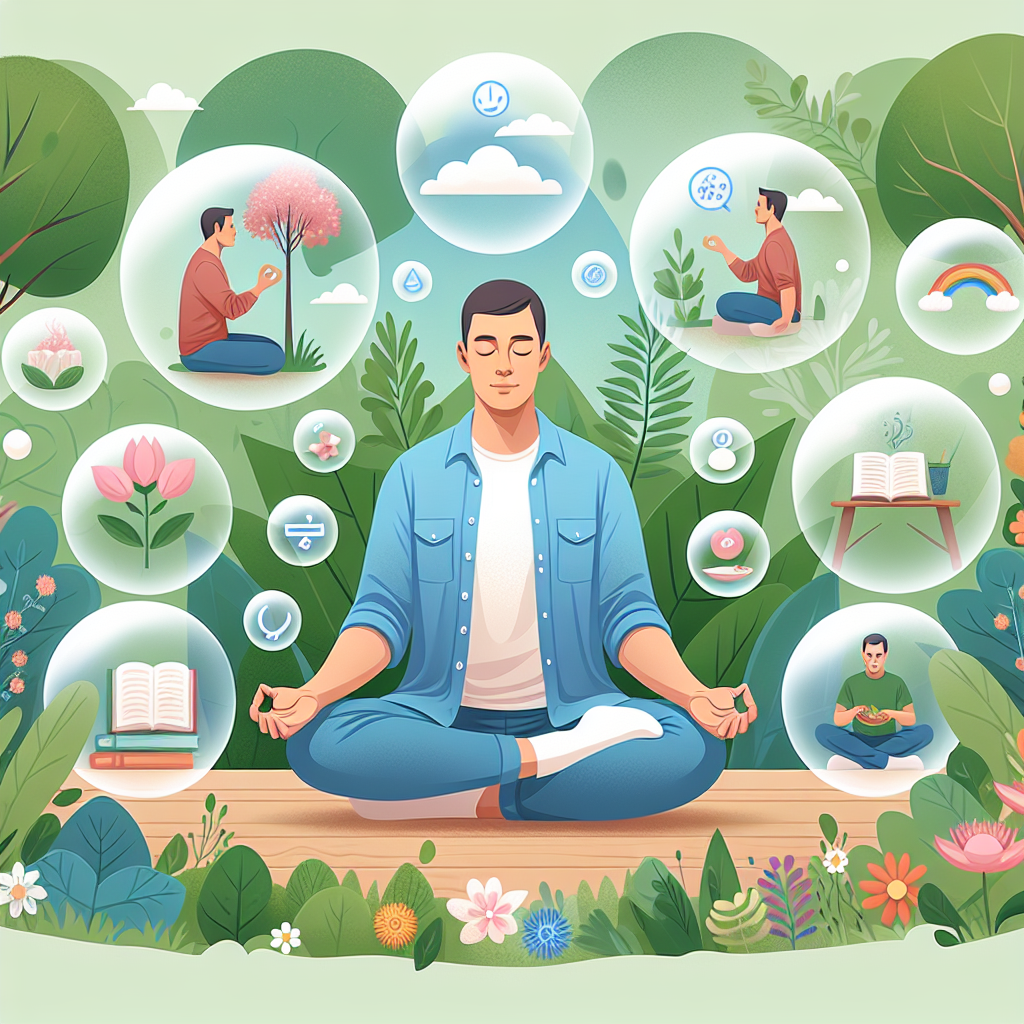
How to meditate all day
Unlocking the Power of Day-Long Meditation
In our fast-paced world, the art of meditation has captivated many for its profound impact on mental clarity, emotional resilience, and overall well-being. Although most individuals associate meditation with brief sessions of stillness, the idea of meditating throughout the day may seem daunting. This article will explore practical methods, benefits, and techniques for those interested in the concept of how to meditate all day. By integrating mindfulness into daily routines, you can experience a continual state of tranquility and awareness.
The Concept of All-Day Meditation
Understanding what it means to meditate all day is essential to grasping the benefits it can provide. Meditating all day does not necessarily imply sitting cross-legged in silence for the entire day. Instead, it involves embodying a meditative state throughout various activities and situations. It allows for a smoother integration of mindfulness into daily life without the rigidity of a traditional sitting practice.
Benefits of Meditating Throughout the Day
Engaging in a day-long meditation practice is not just a whimsical endeavor; it offers numerous mental, emotional, and physiological benefits, including:
- Enhanced Awareness: Heightened ability to notice thoughts and emotions as they arise.
- Improved Focus: Increased concentration and resilience to distractions.
- Stress Relief: Reduction of anxiety and stress levels through mindful breathing.
- Emotional Stability: Greater control over emotions leading to improved relationships.
- Elevated Mood: Increased feelings of happiness and contentment.
Integrating Mindfulness into Daily Activities
One of the most effective strategies for how to meditate all day is to weave mindfulness into your everyday tasks. Here are several practices that can enhance your experience:
Mindful Walking
Walking can be a powerful meditative practice. Rather than allowing your mind to wander, pay attention to each step you take.
- Focus on the sensation of your feet touching the ground.
- Notice the rhythm of your breath as it syncs with your steps.
- Observe your surroundings, the colors, sounds, and fragrances.
Mindful Eating
Eating is often done mindlessly amid distractions, leading to poor digestion and unhealthy eating habits. Embrace mindful eating by:
- Taking smaller bites and chewing slowly.
- Focusing on the texture and flavors of each bite.
- Expressing gratitude for the food on your plate.
Mindful Breathing
Practice deep breathing whenever you feel tension or stress. This exercise can easily be integrated into your day:
"Breathing is the bridge between the body and the mind." - Thich Nhat Hanh
Find a comfortable position, close your eyes, and focus your attention on your breath. Inhale deeply through your nose, allowing your belly to expand. Exhale slowly through your mouth. Repeat this process and observe how it positively impacts your mental state.
Mindful Conversations
Engage fully in conversations with others by listening intently. Use these guidelines:
- Maintain eye contact and minimize distractions.
- Respond thoughtfully rather than reacting impulsively.
- Practice empathy by considering the other person’s viewpoint.
Creating a Meditative Environment
Your surroundings can significantly influence your ability to meditate throughout the day. Here are ways to create a conducive environment for mindfulness:
Declutter Your Space
Remove unnecessary items from your living and working areas. A clean environment promotes a clear mind. Consider:
- Organizing your desk to minimize distractions.
- Creating a dedicated meditation corner at home.
- Incorporating nature elements, like plants or natural light.
Use Soft Lighting and Colors
Opt for soft, warm lighting that encourages relaxation. Choose calming colors such as blues and greens to foster tranquility.
Incorporate Natural Sounds
Utilize sound elements such as:
- Gentle music or nature sounds for a serene atmosphere.
- Soft instrumental playlists that promote focus.
- White noise machines to drown out distractions.
Taking Breaks for Mindfulness
Life can be hectic, and it’s essential to build in pauses to reconnect with the moment. Here are effective strategies for taking mindful breaks during your day:
Timer Technique
Set a timer for every hour to remind you to pause and take a few mindful breaths. During these breaks:
- Close your eyes and focus on breathing.
- Stretch your body gently to release any tension.
- Visualize a calming scene, such as a beach or forest.
Utilize Technology Wisely
Leverage meditation apps and digital resources that guide you through mindfulness exercises. Some popular options include:
- Headspace
- Calm
- Insight Timer
Practice Gratitude
Incorporate moments of gratitude into your daily routine to foster positivity. You can:
- Keep a gratitude journal.
- Express appreciation to someone daily.
- Reflect on what you are grateful for at the end of each day.
Overcoming Challenges to All-Day Meditation
While the concept of meditating all day sounds appealing, challenges are likely to arise. Here’s how to navigate common obstacles:
Dealing with Distractions
Distractions are natural and can disrupt the continuity of your mindfulness. To counteract this:
- Identify triggers that pull your attention away.
- Practice grounding techniques to bring you back to the moment.
- Welcome distractions, acknowledge them, and return to your focus.
Managing Restlessness
When your mind races with thoughts, it can feel impossible to meditate. Techniques to combat this include:
- Engaging in brief physical activity or stretches to reset your energy.
- Bringing awareness to your body by scanning for tension.
- Shifting your focus to your breath until calmness returns.
Conclusion
Learning how to meditate all day may initially seem overwhelming, but with patience and practice, it can lead to an enriched and mindful lifestyle. By incorporating mindfulness into daily activities, creating a supportive environment, and allowing for breaks throughout your day, you’re well on your way to experiencing the transformative effects of continuous meditation. Start small, be consistent, and watch how your quality of life improves through this powerful practice.
By Guest, Published on October 16th, 2024